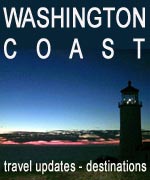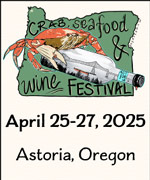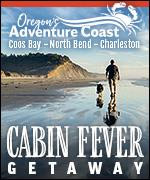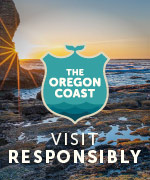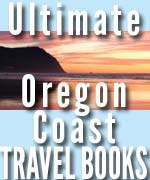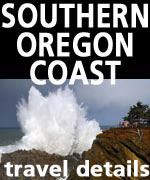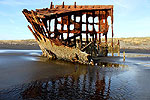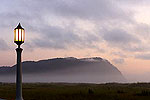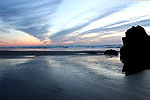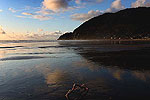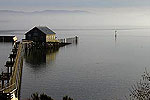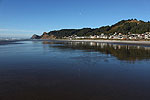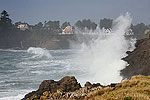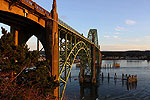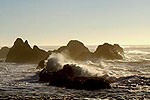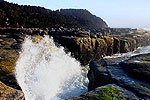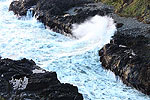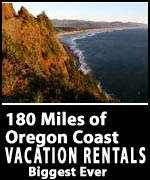Drones Catch New Insights Into Oregon Coast Gray Whales: Headstands, Bubble Blasts
Published 9/26/24 at 6:45 a.m.
By Oregon Coast Beach Connection Staff
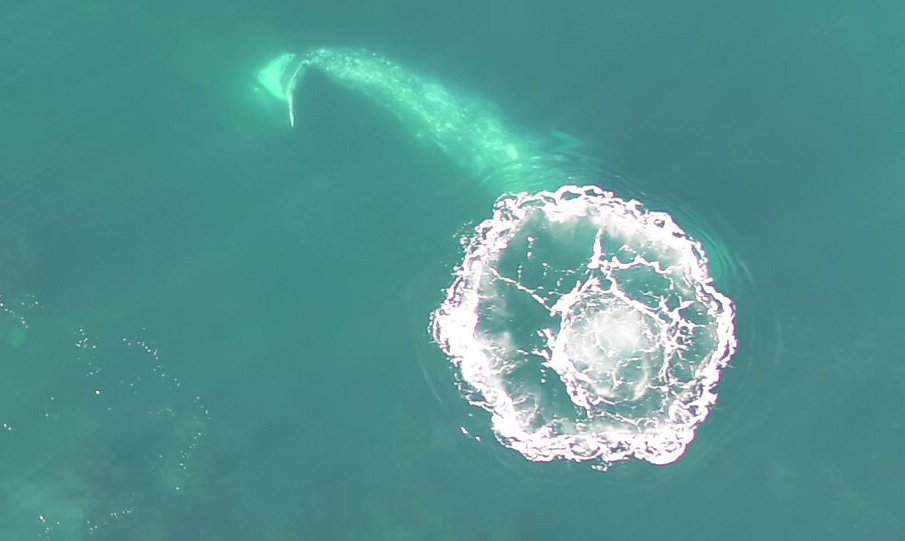
(Newport, Oregon) - In the coastal waters of this state, just offshore, there's been a new way to examine the lives of gray whales. Researchers from Oregon State University’s Marine Mammal Institute have been capturing a varied existence using drone footage, and their findings reveal a captivating story of age, behavior, and adaptation.
Includes exclusive listings; some specials in winter
In Cannon Beach:
Includes rentals not listed anywhere else
In Manzanita, Wheeler, Rockaway Beach:
Some specials for winter
In Pacific City, Oceanside:
Some specials for winter
In Lincoln City:
Some specials for winter
In Depoe Bay, Gleneden Beach:
Some specials for winter
In Newport:
Look for some specials
In Waldport
Some specials for winter
In Yachats, Florence
Some specials for winter
Southern Oregon Coast Hotels / Lodgings
Reedsport to Brookings, places to stay; winter deals
As gray whales off the Oregon coast grow, their movements evolve. Clara Bird, a scientist at the Marine Mammal Institute’s Geospatial Ecology of Marine Megafauna Laboratory, meticulously analyzed seven years of drone footage to decode the whales’ behavior. It turns out that gray whales have quite the repertoire: forward swimming, side-swimming, headstands, and even “bubble blasts.”
The younger whales - smaller in size – will tend to dart through the water with forward strokes. They’re the aquatic sprinters, eager to forage efficiently.
As the years pass, she discovered, some things change. The older, larger whales adopt a different strategy. They gracefully execute headstands, plunging their mouths into the ocean floor.
Bird said findings seemed to suggest the headstanding behaviors need coordination and strength.

“For example, we often see whales sculling much like synchronized swimmers do while they are headstanding,” she said. “It is likely this behavior is learned by the whales as they mature. “We have footage of whale calves trying to copy this behavior and they’re not able to do it successfully.”
OSU Associate Professor Leigh Torres leads the GEMM Lab at Hatfield Marine Science Center in Newport, and has studied whales along the Oregon coast extensively, as well as along the waves of Washington, Canada and California. She was co-author with Bird on two of the papers on this subject.
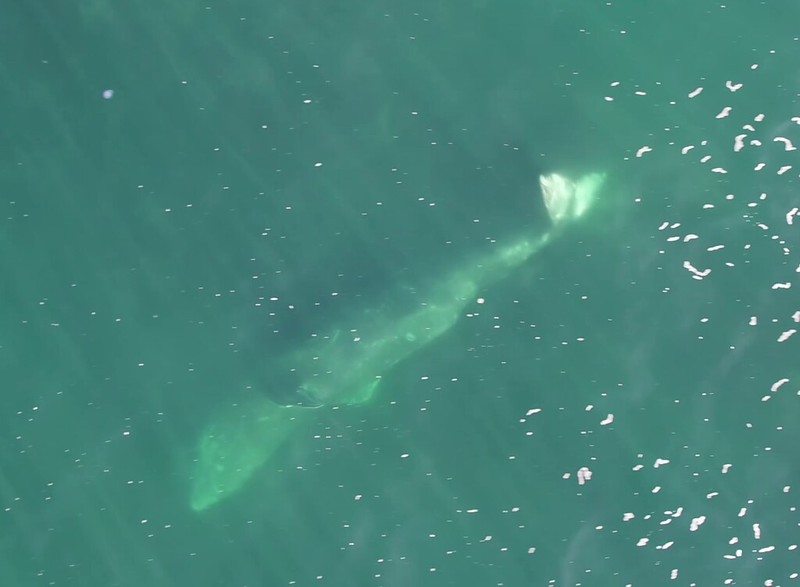
With the study, scientists have discovered that whales exhibit different foraging tactics based on their surroundings - specifically, the habitat and water depth they find themselves in.
For instance, when whales are near a reef, they are more likely to engage in “headstanding.” Bird and her colleagues found their primary prey of tiny mysid shrimp tend to congregate around kelp-covered reefs. So, by performing headstands, the whales position themselves better to catch these elusive shrimp.
Then there are those intriguing “bubble blasts.” When gray whales are underwater, they release a single, forceful exhale that creates a large circular pattern on the water's surface. Previously, it was believed that these bubble blasts helped whales aggregate or capture prey. However, the study reveals a different purpose: buoyancy regulation.
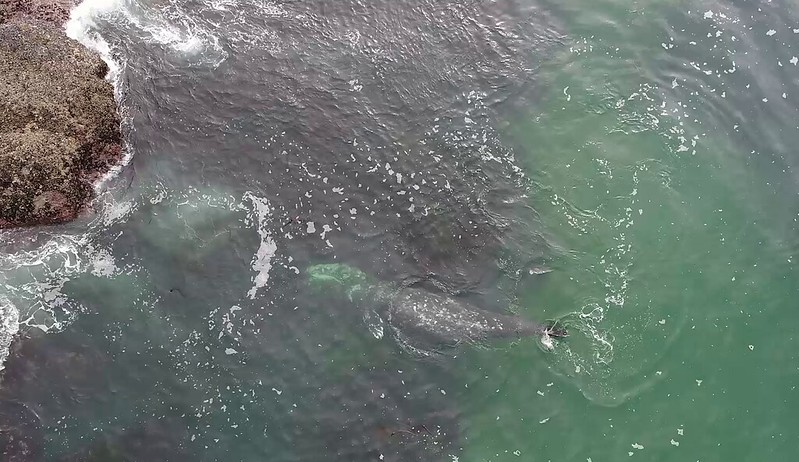
“Larger, fatter whales were more likely to bubble blast, especially while performing headstands,” said Torres. “The bubble blasts also were associated with longer dives, supporting the hypothesis that the behavior helps whales feed for a longer period of time underwater.”
Bird said all this is not unlike when humans dive underwater and let go of all the air.
“If we release air from our lungs, then we can stay underwater more easily without fighting the buoyancy forces that push us back toward the surface,” Bird said.
The Pacific Coast Feeding Group is a roughly 200-member subgroup of whales who spend considerable time here in summers as well as in those other areas – something Torres has been studying since 2015. They hang out near the shoreline instead of traveling north with the other 19,000 gray whales in the Eastern North Pacific population.
She's also found these whales face elevated exposure to human activities in some locations, including boat traffic, noise and pollution, while they feed in the shallow waters along the Pacific Northwest Coast.
“It’s been an amazing journey of discovery over the last 10 years learning about how cool these gray whales are,” Torres said. “They are underwater acrobats, doing tight turns, upside-down swimming and headstands. “We have now connected these behaviors with the habitat, size and age of the whale, which allows us to understand much more about why they go where they go and do what they do. This will help us protect them in the long run.”
Together, the two papers provide new insight into how whales’ size affects their behavior and the role social learning may play in whales’ adoption of these behaviors, she said.
“Because these whales are feeding close to shore, where the water is shallow and we can capture their behavior on video, we’re able to really see what is happening,” Bird said. “To be able to study the whales, in our backyard, and fill in some answers to questions about their behavior, feels very special.”
The paper on the gray whales’ foraging tactics was published in the journal Animal Behaviour. Co-authors of that paper include K.C. Bierlich, Marc Donnelly, Lisa Hildebrand and Alejandro Fernandez Ajó of the GEMM Lab in the Marine Mammal Institute; Enrico Pirotta of the University of St. Andrews and Leslie New of Ursinus College in Pennsylvania. The paper about the bubble blast behavior was published in Ecology and Evolution. Additional co-authors were Bierlich, Hildebrand, Fernandez Ajó, Pirotta and New.
Oregon Coast Hotels in this area - South Coast Hotels - Oregon Coast Vacation Rentals - Where to eat - Maps - Virtual Tours
Cannon Beach Lodging
Nehalem Bay Lodgings
Manzanita Hotels, Lodging
Three Capes Lodging
Pacific City Hotels, Lodging
Lincoln City Lodging
Depoe Bay Lodging
Newport Lodging
Waldport Lodging
Yachats Lodging
Oregon Coast Vacation Rentals
Oregon Coast Lodging Specials
More About Oregon Coast hotels, lodging.....
More About Oregon Coast Restaurants, Dining.....
 Andre' GW Hagestedt is editor, owner and primary photographer / videographer of Oregon Coast Beach Connection, an online publication that sees over 1 million pageviews per month. He is also author of several books about the coast.
Andre' GW Hagestedt is editor, owner and primary photographer / videographer of Oregon Coast Beach Connection, an online publication that sees over 1 million pageviews per month. He is also author of several books about the coast.
LATEST Related Oregon Coast Articles
Brookings, Oregon Weather - Forecasts, Live Radar, Alerts, Tides, Current Con...Brookings, Oregon Weather: Forecasts, Current Conditions, Live Radar, Alerts, Tides
Above Oregon, Washington, Coastlines Right Now: Perseid, Capricornid Meteor S...
Two meteor showers and a lot of satellites. Astronomy, weather
Search for Missing Man on Washington and Oregon Coast Suspended
His vessel found abandoned at sea and lifeboat still aboard
Tree Removal Projects in Oregon Coast Range. Road Work Updates Waldport, Gold...
Hwy 6 is getting tree removal; Hwy 34 postponed due to budget. Work coming to Brookings, Gold Beach Myrtle Point. Traffic
AV-8B Harrier II Jet to Land at N. Oregon Coast's Tillamook Air Museum
Tillamook Airport on Monday, August 4. Tillamook events. Rockaway Beach events. Lincoln City events
A Soaring View Just Opened This Week at North Oregon Coast's Neskowin
Right on the ocean, it's been drawing attention lately. Availability. Pacific City Hotel reviews
Parts of Oregon to Get Near 100 This Week, Coast Approaches 80
Also the last days of sunset after 8:30 pm. Weather
From Inadvertent Hip to Current Coastal Cool, Astoria, Oregon's Rise Over the...
A kind of photo essay: wacky edges to refurbishing renaissance
Back to Oregon Coast
Contact Advertise on Oregon Coast Beach Connection
All Content, unless otherwise attributed, copyright © Oregon Coast Beach Connection. Unauthorized use or publication is not permitted





